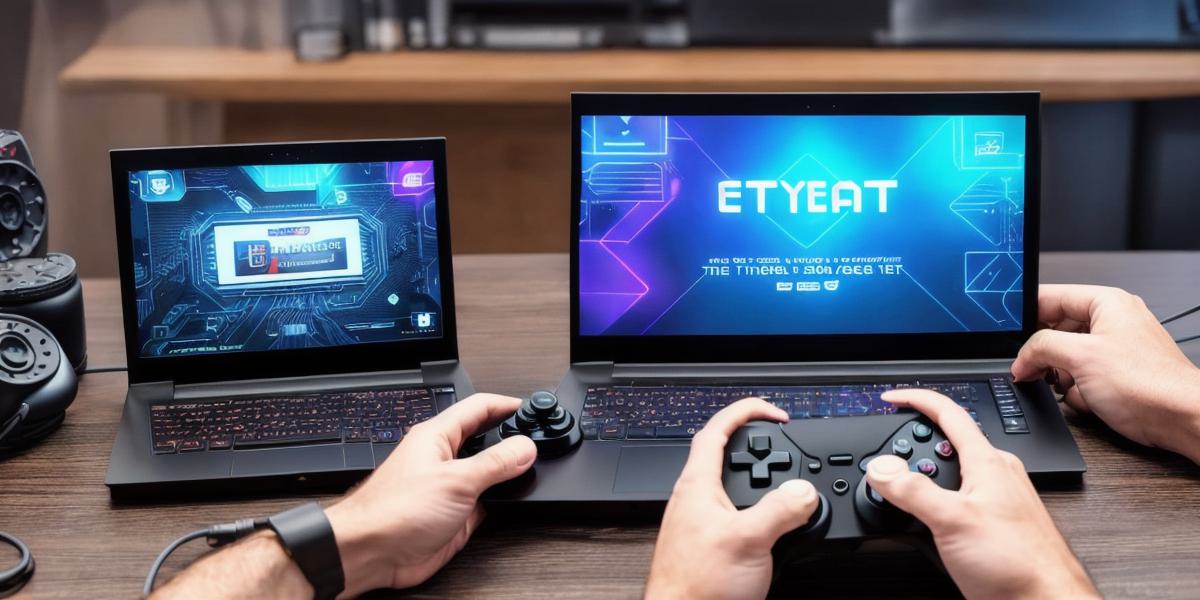Blockchain gaming has been a promising field, with developers using cryptocurrencies to create unique gameplay experiences that allow players to own their assets and earn rewards in real-world value. However, recent developments have brought about significant changes in the industry, leaving many gamers wondering what the future holds for crypto gaming. In this article, we will explore the reasons behind these changes and look at what lies ahead for blockchain game developers.
Crypto Gaming’s Rise
The rise of crypto gaming can be traced back to the introduction of Bitcoin in 2009, which allowed for a new way of exchanging value online. As cryptocurrencies gained popularity, so did the idea of using them in games as a means of payment and reward. This led to the creation of the first blockchain-based games, such as CryptoKitties and CryptoRaiders, which allowed players to buy, sell, and trade digital assets using cryptocurrencies like Ethereum and EOS.
These games quickly gained popularity among gamers who were looking for new ways to engage with their favorite franchises and earn rewards in real-world value. They also provided a unique opportunity for developers to create new revenue streams by selling in-game assets on blockchain marketplaces, such as OpenSea and Rarible.
The Risks of Crypto Gaming
Despite its initial success, crypto gaming has faced significant challenges that have raised questions about the sustainability of the industry. One of the biggest risks associated with crypto gaming is the volatility of cryptocurrency prices. As the value of Bitcoin and other cryptocurrencies fluctuates, so does the revenue generated by games that rely on these assets.
Another challenge facing crypto gaming is the issue of scalability. The Ethereum network, which is used to host many blockchain-based games, has struggled with high transaction fees and slow processing times, making it difficult for players to engage with games in real-time.
The End of Crypto Gaming
In recent years, several major crypto gaming projects have failed or pivoted away from their original business models, leaving many gamers wondering what the future holds for the industry. One notable example is Cryptokitties, which was once one of the most popular blockchain games but has since shifted its focus towards non-gaming applications, such as virtual real estate and collectibles.
Another major player in the crypto gaming space, Decentraland, has also faced significant challenges in recent years, with slow adoption rates and a lack of meaningful content on the platform. This has led many gamers to question whether the future of crypto gaming is sustainable, and whether developers should continue investing in this area.
What’s Next for Blockchain Game Developers?
Despite these challenges, there are still many opportunities for blockchain game developers to succeed. One approach is to focus on non-cryptocurrency revenue streams, such as advertising and sponsorship deals. Many games have already found success in this area, with brands like Nike and Coca-Cola partnering with blockchain game developers to create branded experiences for players.
Another approach is to focus on developing more scalable infrastructure for crypto gaming, such as using new blockchain networks like Solana or Polygon, which offer faster transaction speeds and lower fees. This will allow games to operate more efficiently and provide a better user experience for players.
Finally, developers should also consider diversifying their offerings beyond traditional gaming models. For example, many games have started incorporating elements of social media and community building, creating new opportunities for engagement and monetization.
Conclusion

The end of crypto gaming is not imminent, but it is clear that the industry has faced significant challenges in recent years. Developers who want to succeed in this space will need to adapt their business models to include non-cryptocurrency revenue streams and invest in scalable infrastructure. By doing so, they can create new opportunities for players and drive growth in this exciting field.
